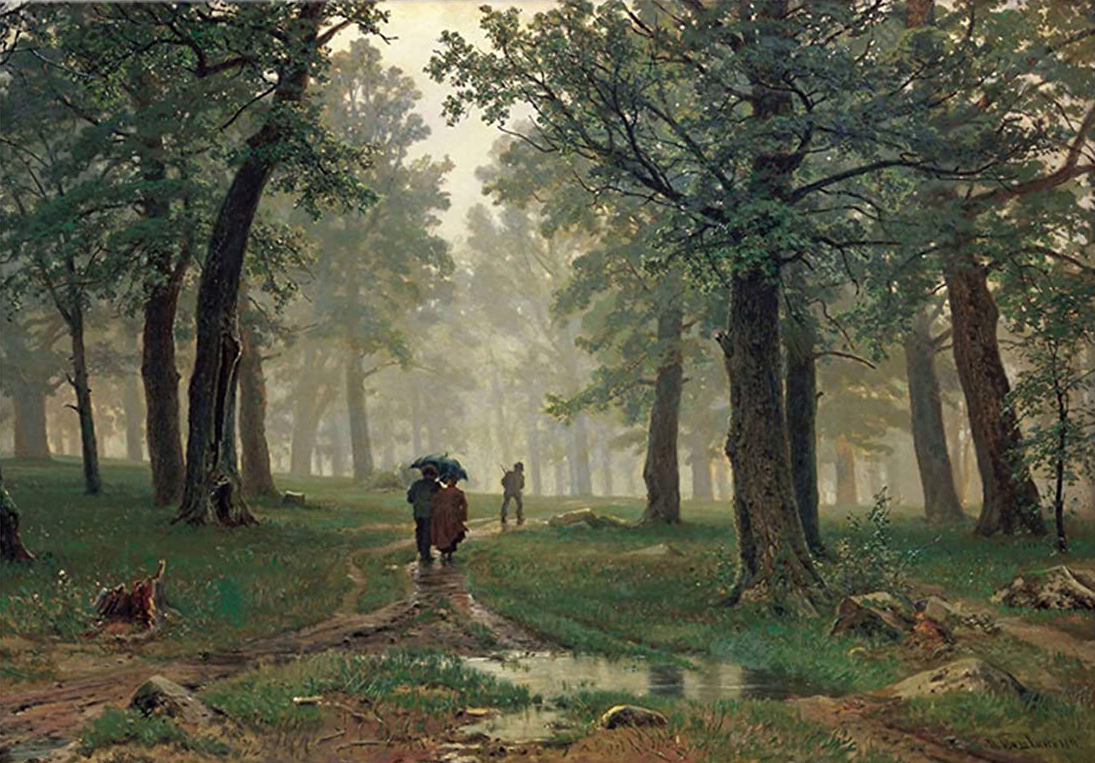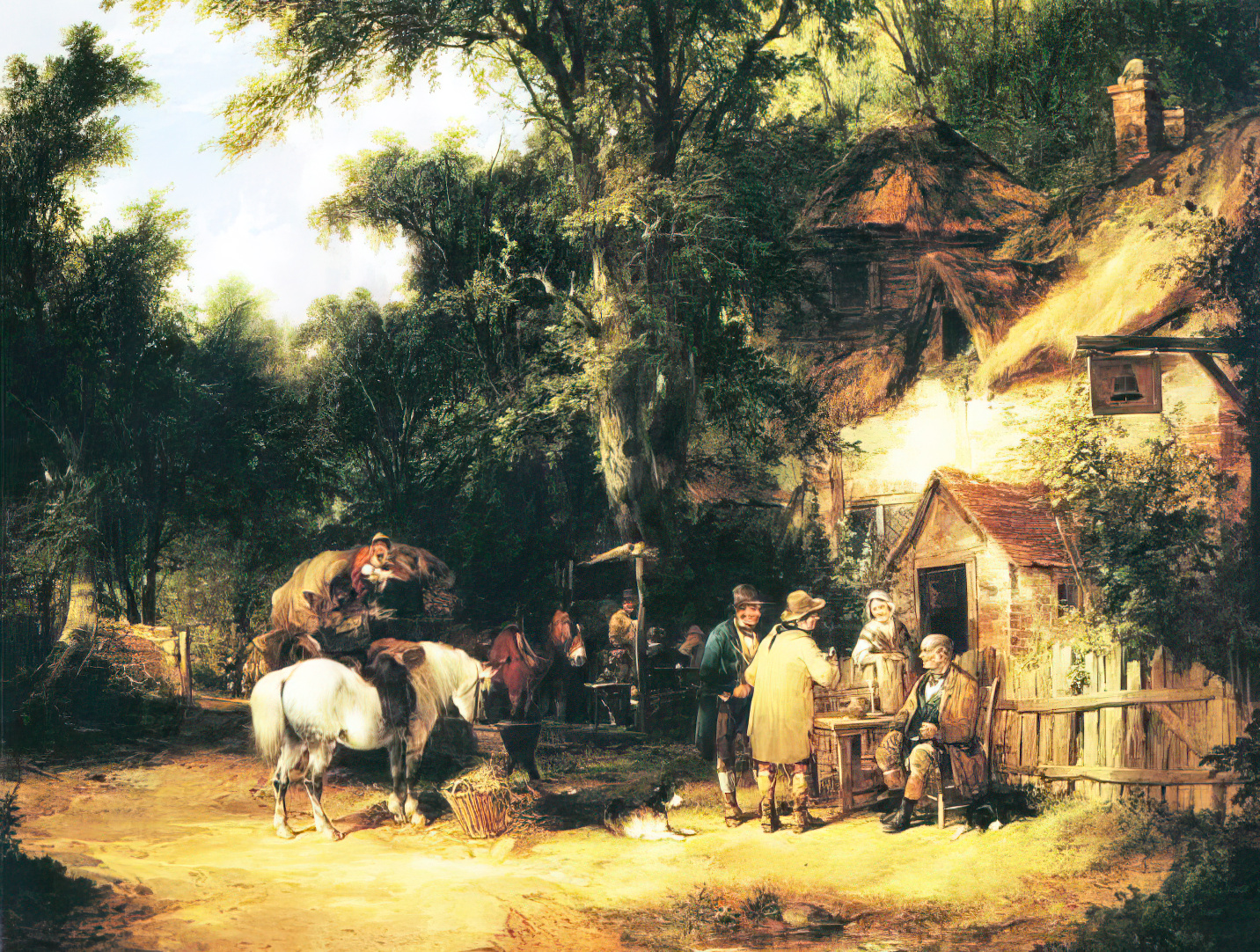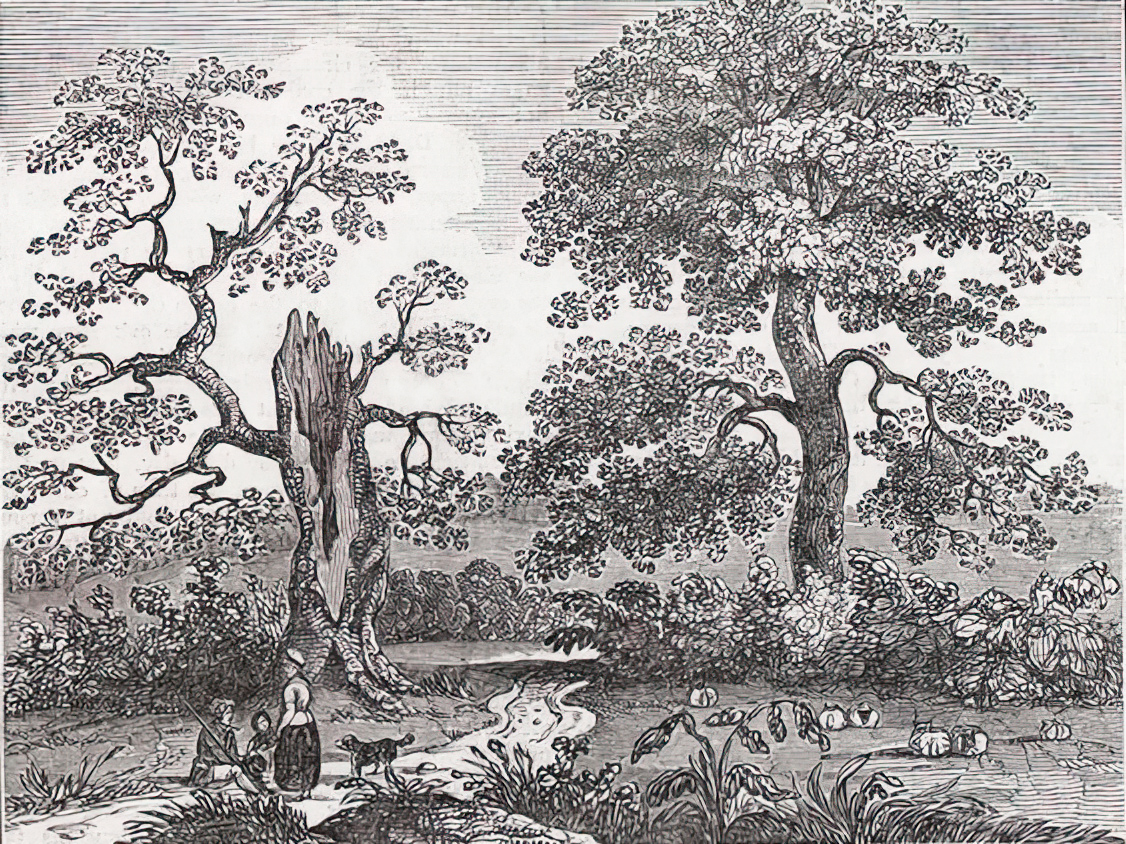Book Review - Topographical & Statistical Description of Hampshire (1819)
Read Full Screen ⏷
By GA Cooke. Published 1819. 144 Pages. Described as "A Complete County Itenerary"
The book informs us that: "The New Forest is divided into nine bailiwicks, viz. Burley, Fritham, Godshill, Lynwood, Battramsley, South East, the Nodes, Inn, and North. These Bailiwicks are subdivided into fifteen walks, viz. Burley, Holmesly, Bolderwood, Eyworth, Ashby, Broomy, Rhinefield, Wilverley, Whitley Ridge, Lady Cross, Denny, and the Nodes, Ashurst, Ironshill, Castle Malwood, and Bamble Hill."
It lists all the major Fairs by town and date. It describes climate, soil types, minerals, rivers and fisheries. Social aspects are covered within rents, tithes, tenures and leases. Additional local information is contained in, implements, cattle, wastes and of course roads.
The first thing you see is the 'Itinerary of Principle Roads'. How to get from A to B. All the directions are guided by Stages, Inns and Gentlemen's Seats. Although the mileages are listed, there is no mention of the time it takes, and where we may allow a mere ten minutes to travel from Brockenhurst to Lyndhurst, in 1819 this is a round trip of several hours along roads unrecognaseable to the modern traveler.
 Forest roads before mechanised transport (Ivan Shishkin - Rain In An Oak Forest)
Forest roads before mechanised transport (Ivan Shishkin - Rain In An Oak Forest)
The traveller is warned as follows: "....the bog is of little prejudice, it has in general the appearance of common verdure, but the traveller must be upon his guard, these tracts of deceitful ground are often dangerous to such as leave the beaten roads.... if the traveller therefore meet with a horse-path, pointing into a swamp, even though he should observe it emerge on the opposite side, he had better relinquish it."
The list of 'Hampshire Fairs' shows that people would travel great distances to attend (for instance) the twice yearly fair at Lymington on May 12 and October 2, to buy Horses, Cheese and Bacon.
 The Bell Inn, Cadnam, Early 19th Century (William Shayer Snr)
The Bell Inn, Cadnam, Early 19th Century (William Shayer Snr)
The section 'General Description' is the most interesting. Below are some revealing observations:
"Ringwood is at present a large and populous place; the number of inhabitants amounting to 3,269: a great part of whom are employed in the manufacture of woollen cloths. Ringwood is celebrated for its strong beer and ale."
"Southampton Water, into which the Teste and Itchin discharge themselves, furnishes plentiful supplies of fish, and abounds with wholesome oysters; sometimes also porpoises, which are very common on the coasts of the Isle of Wight, come hither in pursuit of their prey, and occasionally, even the grampus and the unwieldy whale have been seen here."
"Romsey.... The principal trade now is in sacks, paper, and beer, and on Saturday (the market day) a considerable quantity of corn is bought and sold."
"Lymington.... Ships of between two and three hundred tons burthen can at present commodiously lie within a few feet of its quay; but, should the mud continue to accumulate, as it has done within these last sixty years, it is to be feared that the channel will not much longer admit them."
"The Cadenham Oak, standing near the village of that name, is one of the curiosities of the New Forest, having long been remarkable for its premature vegetation, its leaf-buds appearing every year in the depth of winter."
 The Cadenham Oak (Engraving for The Saturday Magazine, 21st December 1833)
The Cadenham Oak (Engraving for The Saturday Magazine, 21st December 1833)
"Christchurch.... There is a large manufactory here of watch-chains, which employs a number of boys and girls. It was also formerly famous for a fine salmon fishery, and its knit stockings."
In summary: The book is a valuable tool for both the casual reader and for researchers looking for a concise explanation of life in the early 19th century, before the mechanisation we take for granted today.
PSD
READ IT HERE